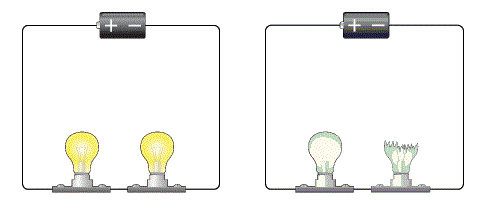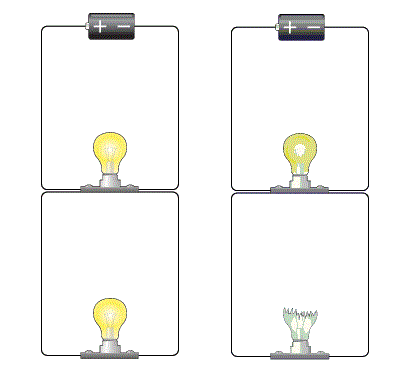Nodal analysis is a systematic method to determine the voltage at each node relative to the reference node by repeatedly applying KCL. In Nodal analysis, also called node-voltage analysis or branch current method, the voltage between nodes is determine in terms of the branch currents. In this method a system of equations in which the unknowns are the voltages at the principal node of the circuit is set up and solve. The set of equation develops in the nodal analysis in fact represents and describes the circuit. After determining these nodal voltages, the currents in the various branches of the circuit can be easily found.
The procedure for nodal analysis can be divided into three basic steps:
- Label the node voltage with respect to the reference node
- Apply KCL to each of the nodes in terms of the node voltages.
- Determine the unknown node voltages by solving the simultaneous equations from step 2.
For example,
Use Nodal analysis to find the voltage at each node of this circuit
Solution:
- Note that the "pair of nodes" at the bottom is actually 1 extended thus the number of nodes is 3.
- We will number the nodes as shown in figure below.
- We will chose node 2 as the reference node and assign it a voltage of zero.
- Write down Kirchoff's Current Law for each node. Call V1 the voltage at Node 1, V3 the voltage at Node 3, and remember that V2 = 0. The result is the following system of equations:
The first equation result from KCL applied at node 1 and the second equation results from KCL applied at node 3. Collecting terms this becomes:
This form for the system of equations could have been gotten immediately by using the inspection method
Solving the system of equation using Gaussian elimination or some other method gives the following voltages:
V1 = 68.2 volts and V3 = 27.3 volts










